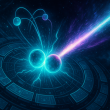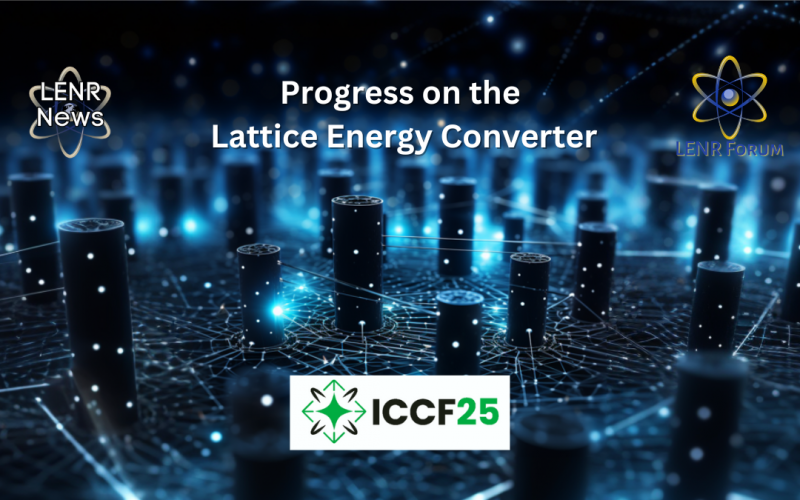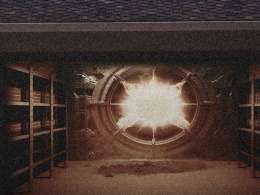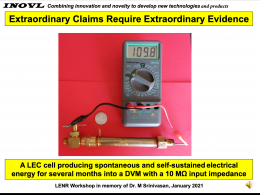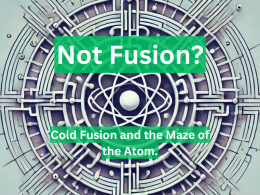Introduction
Lattice Energy Converters (LECs) are emerging as a possible groundbreaking innovation in the realm of sustainable energy. This article aims to provide an in-depth understanding of LECs, their scientific principles, and potential applications. They are essentially ion gas systems that seem to take advantage of catalytic hydrogen reactions.
The world is in dire need of sustainable energy solutions, and Lattice Energy Converters (LECs) could be a game-changer. This article delves into the intricate details of LECs, based on a research paper and a presentation by Frank Gordon at ICCF25.
Understanding Lattice Energy Converters (LECs)
What Exactly Are Lattice Energy Converters?
LECs operate by ionizing gas within a lattice structure, typically made of Palladium-Hydrogen (Pd-H) or Palladium-Deuterium (Pd-D). The ionization process is believed to involve low-energy nuclear reactions (LENRs). For more on the basic understand LENR, visit our page What is LENR?
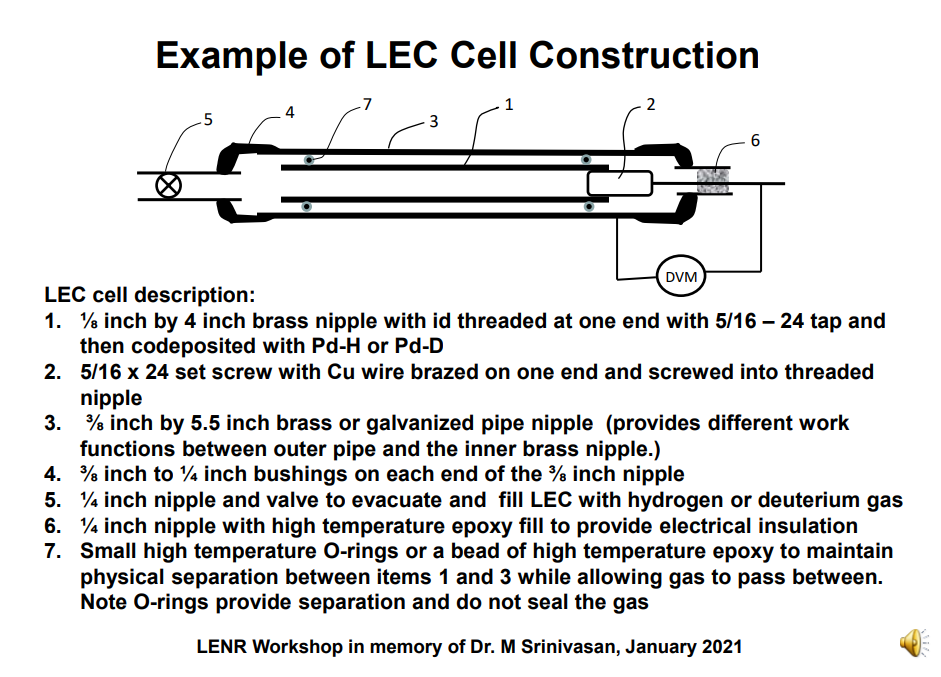
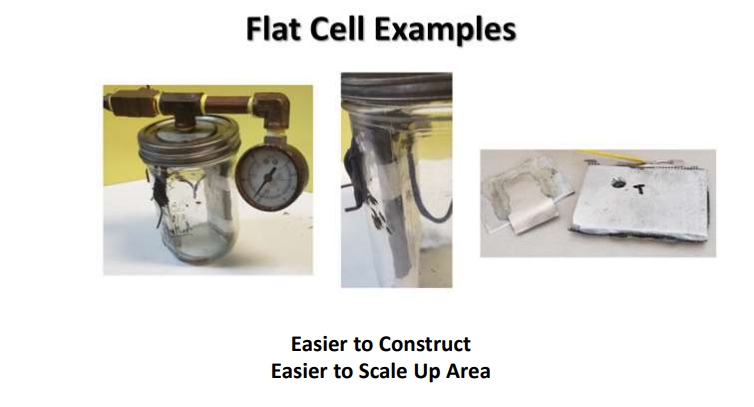
The Role of Ionization in Lattice Energy Converters
Ionization is a key component in the functioning of LECs. The energy for ionization is thought to come from the Pd-H or Pd-D lattice. The specific type of ionization (alpha, beta, electromagnetic) is still under investigation.
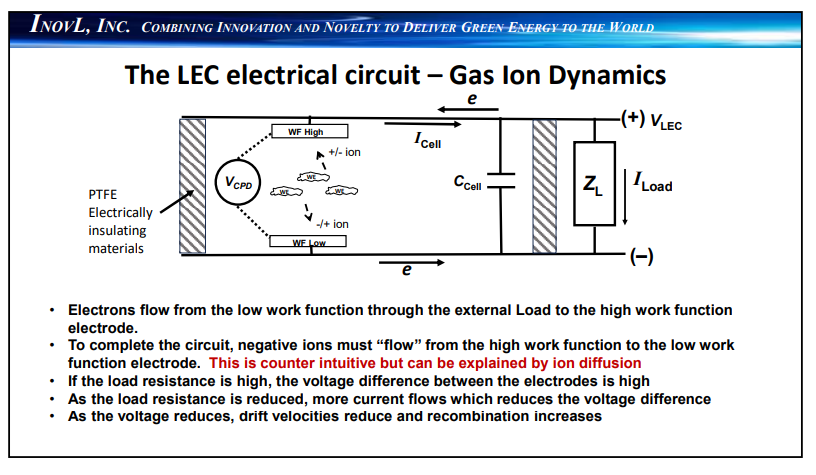
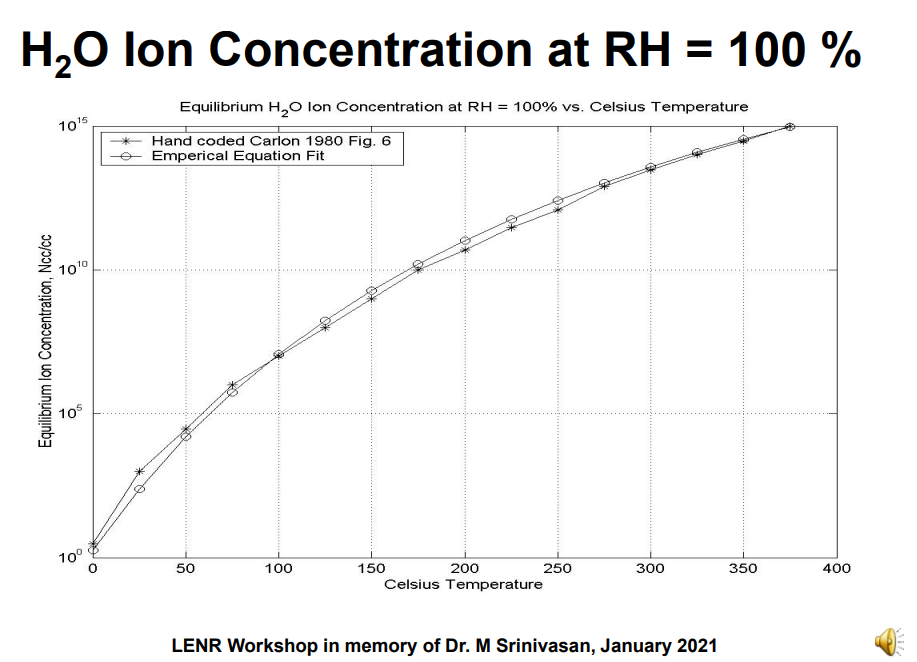
Data-Driven Insights into Lattice Energy Converters
The research on LECs includes rigorous data processing, involving calculations of ionization rates, cell currents, and power output. Statistical analyses such as standard deviation and Fourier analysis are employed to validate the results. For more in depth tutorials, visit our Lattice Energy Converter section.
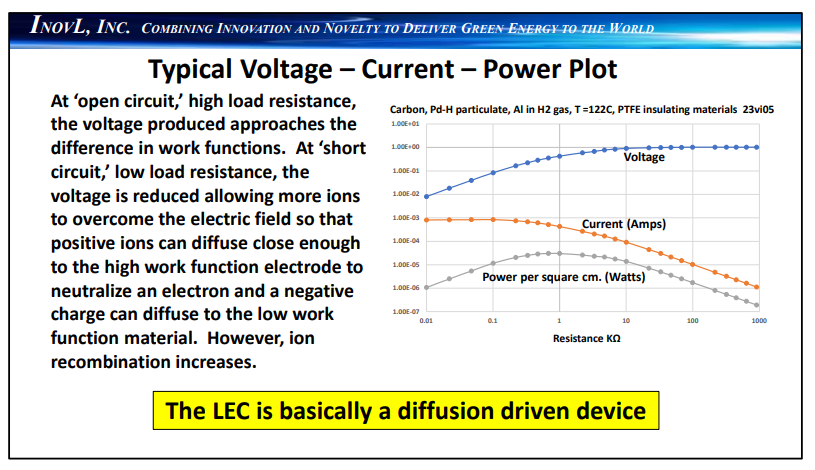
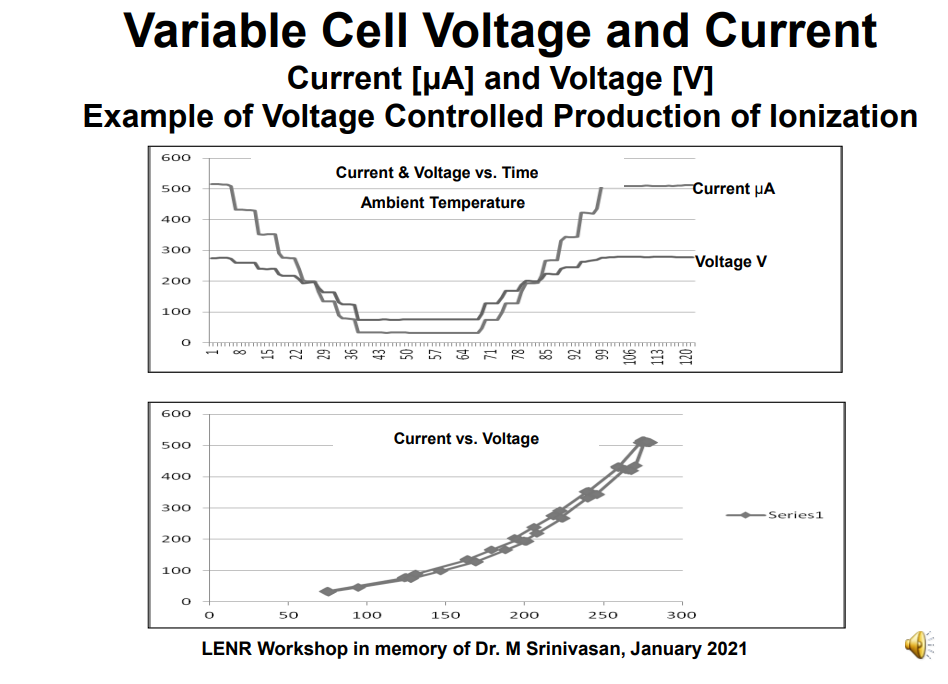
Extraordinary Claims and the Evidence
The LEC technology has demonstrated self-sustained electrical energy production for several months. One replication experiment even showed an initial voltage of 300 mV that increased to 500 mV. These claims are backed by statistical evidence and are subject to further validation.
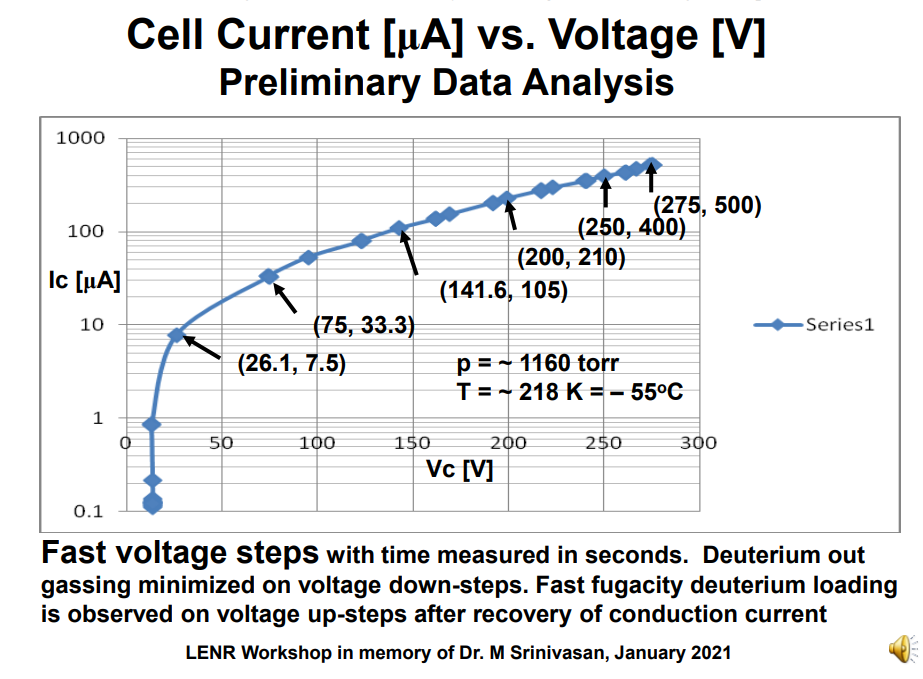
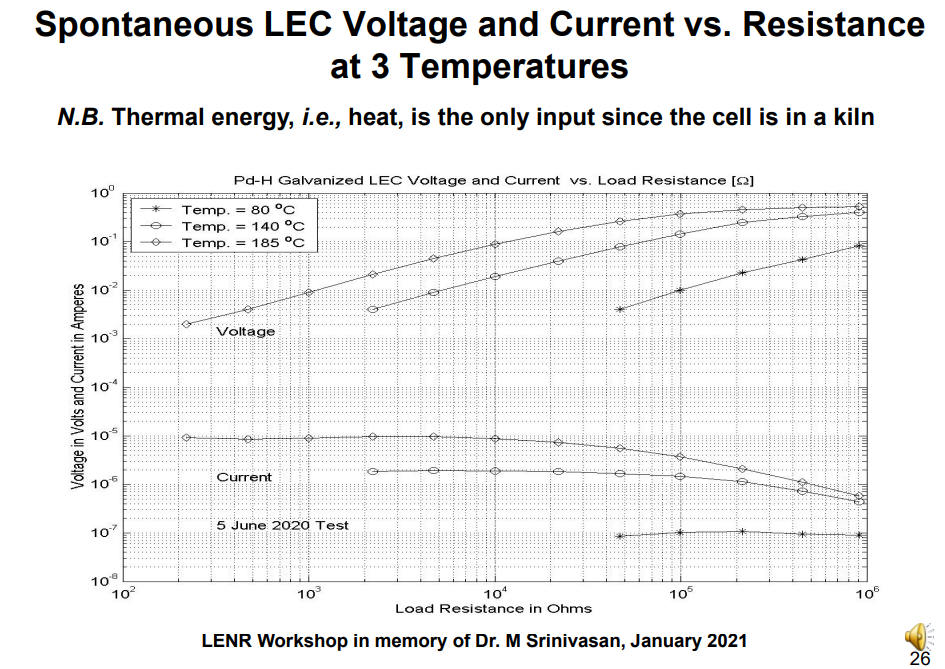
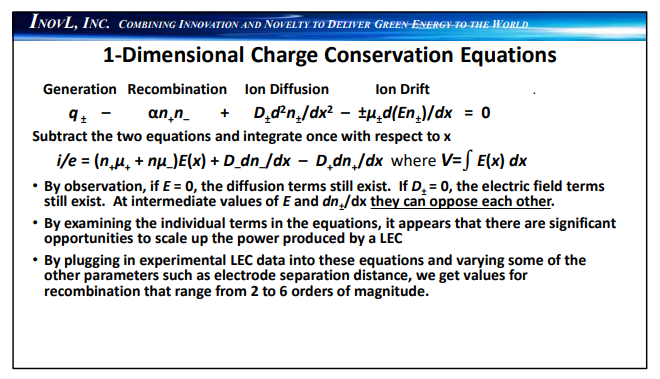
Future Research and Applications in Sustainable Energy
The authors emphasize the need for more research, particularly in optimizing LEC performance. They also suggest that LECs could have applications beyond energy production, possibly even in biological transmutations.
After speaking with Frank and Harper at ICCF25, they said they are very much open to replications and believe that the power density could increase with more advanced materials. In particular the use of high surface area Pd/C Nano-Structures for the working electrodes and advanced dielectric insulators to replace PTFE.
Perhaps the most important observations that points ‘the way’ to future development
of LEC devices as potential sources of ‘green energy’ are that, even without an
understanding of the nature of the gas ionization process, LECs are based on well
established physics and do not use materials that are naturally radioactive.
Conclusion
LECs offer a promising but complex avenue for sustainable energy solutions. While the science behind it is still emerging, the initial results and data-driven claims make it a subject worthy of further exploration.
“The way a child discovers the world constantly replicates the way science began. You start to notice what’s around you, and you get very curious about how things work.”
— David Cronenberg
I encourage all who read this to share, replicate, and explore openly this device to better understand the complex science of Condensed Matter Nuclear Physics.
Research References
- Research Paper (Updated August 2025)
- Discussion at LENR Forum


